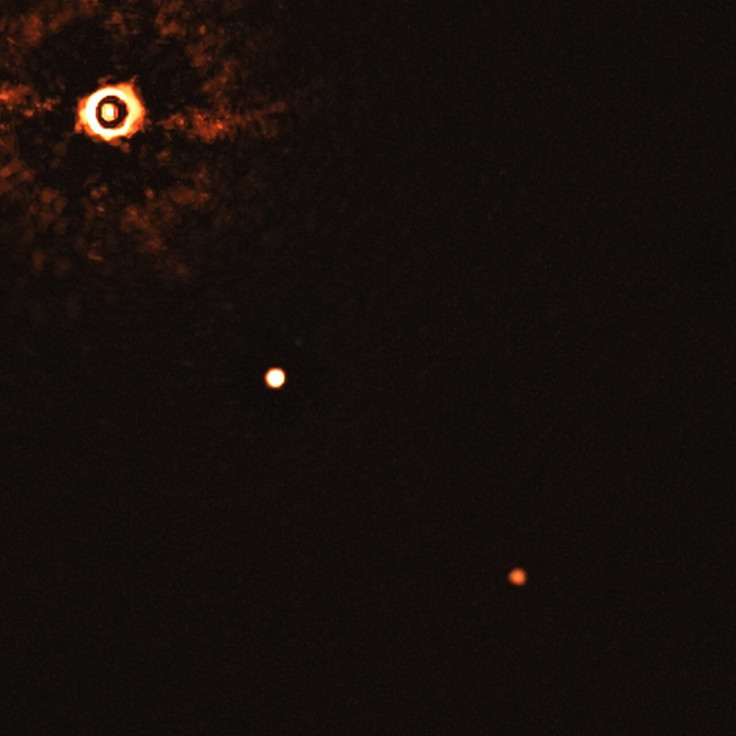NASA Confirms California Dad Helped Discover 2 Exoplanets Revolving Around Sun-Like Star
KEY POINTS
- A California dad has been named as one of NASA's co-authors in a study about two newly discovered exoplanets
- Cesar Rubio was able to collaborate with NASA through Planet Hunters TESS, a project that aims to look for evidence of planets outside the solar system
- The two planets are too gaseous to be able to support life, but they can help scientists learn more about the Milky Way galaxy
A dad from California has been named as one of NASA's co-authors in a study about two newly discovered exoplanets.
Cesar Rubio, a machinist based in Pomona, California, spends most of his nights talking about planets and stars with his seven-year-old son, Miguel.
“I try to nurture that,” Rubio told NASA. But Rubio can now add something else to their conversations at night — the story of how he helped NASA discover two new exoplanets.
Rubio is one of the thousands of volunteers for Planet Hunters TESS, a project funded by NASA that looks for evidence of exoplanets, or planets beyond our solar system. The project allows citizens like Rubio to collaborate with scientists in looking for exoplanets.
Thanks to the curiosity and dedication of Planet Hunters TESS volunteers, two new exoplanets have been discovered about 352 light-years away. According to a statement by NASA, the planets orbit a star called HD 152843. The star reportedly has the same mass as the sun but is 1.5 bigger and slightly brighter.
Scientists are now keen to learn more about the two planets orbiting HD 152843. The first exoplanet, identified as Planet b, is said to be 3.4 times bigger than the Earth and completes an orbit in just 12 days.
Planet c, on the other hand, is even bigger. About 5.8 times larger than the Earth, this exoplanet has been considered a "sub-Saturn" with an orbital period that ranges between 19 and 35 days.
“Studying them together, both of them at the same time, is really interesting to constrain theories of how planets both form and evolve over time,” said Nora Eisner, a doctoral student in astrophysics at the University of Oxford in the United Kingdom and lead author of the study, which is now published in Monthly Notices of the Royal Astronomical Society.
Eisner and her team shared that the two exoplanets are far too gaseous to be able to support life. Nevertheless, their discovery is crucial in learning more about the range of possible planets in the Milky Way galaxy.
“We're taking baby steps towards the direction of finding an Earth-like planet and studying its atmosphere, and continue to push the boundaries of what we can see,” Eisner said.
The published study is Rubio's first scientific publication. According to Rubio, his contribution to the research is a proud moment for him and his son because astronomy has been a life-long interest of his.
“I feel that I’m contributing, even if it’s only like a small part,” Rubio said. “Especially scientific research, it’s satisfying for me.”

© Copyright IBTimes 2025. All rights reserved.





















